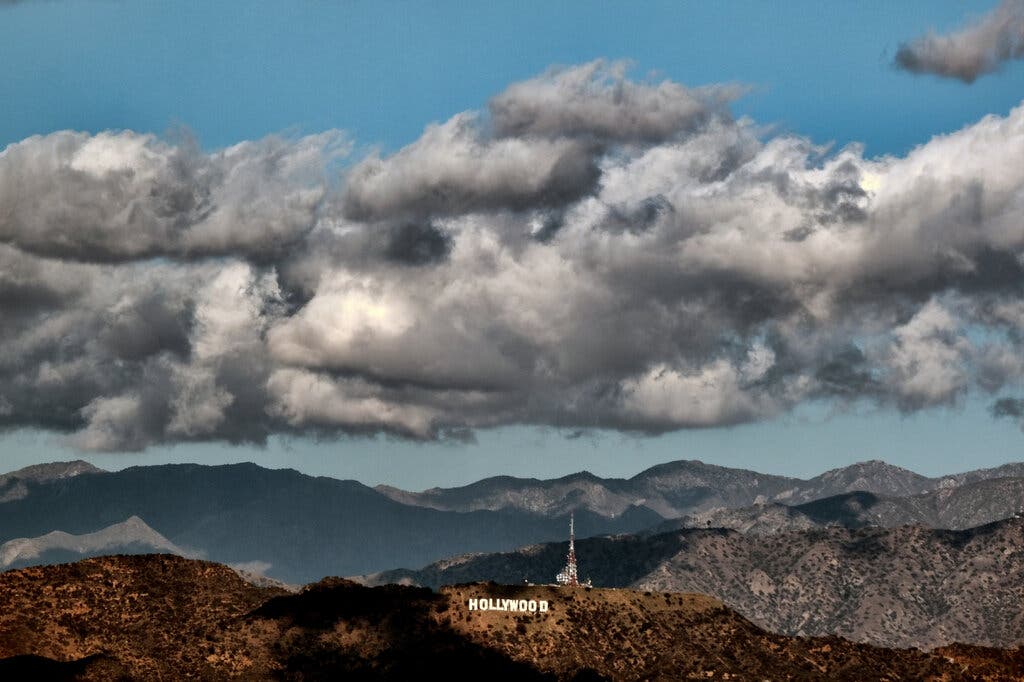What a Dry January Means for California’s Drought
Low levels of precipitation in what is usually a rainy month are dashing hopes of reversing the drought in 2022.


In the final three months of 2021, hope arrived in California in the form of rain.
Record-breaking downpours nourished the parched land. The state’s snowpack, a major source of water, reached a staggering 160 percent of its expected level.
If the rains continued through the rest of the winter, experts advised, California’s severe drought could soon start to look very different.
But alas.
January, typically one of the state’s wettest months, has proved unusually dry. And the odds now favor less-than-average rainfall through the rest of winter, said Daniel Swain, a climate scientist at the University of California, Los Angeles.
“We’re definitely still in the drought in California, and we almost certainly will be in a drought over the rest of the year,” Swain told me. “We may have seen most of our precipitation that we’re going to see this year.”
Despite the recent storms, state officials are pleading with Californians to save water as reservoirs continue to run low. This month, they announced $500 daily penalties for people who water their lawns after rainfall or allow runoff into the streets.
Back in the fall, climate experts were predicting that La Niña conditions would probably bring dry weather to California this winter and exacerbate our drought. But then we got a soggy surprise.
Between October and December, California received more rainfall than it had over the previous 12 months. Atmospheric rivers shattered rainfall records, flooded streets and downed power lines across the state.
Before the storms, 88 percent of California was considered in extreme or exceptional drought, the most severe designations. Now, 1 percent of the state falls into those categories, according to the U.S. Drought Monitor.
That’s a marked improvement, but California still needs a lot more rain to make up for years of water shortfalls. Even after the storms, 99 percent of the state remains in some level of drought.
And if January is any indication, the rest of winter doesn’t seem likely to offer significant relief.
Of course, we don’t know for sure how rainy February and March are going to be. California often experiences unpredictable swings in weather patterns, even more so in recent years.
But three largely dry weeks of January have already begun to diminish some of the benefits from our wet December.
On Dec. 30, the Sierra snowpack was estimated to be about 160 percent of average for that time of year. On Thursday, the snowpack was down to 113 percent of the historical average for that date, according to state data.
There are two factors at play here: California’s snowpack typically grows through January, so the historical average is higher now than it was in December. Plus, the precipitation that had accumulated in the snowpack may be starting to melt because of unseasonably warm temperatures.
Swain, the U.C.L.A. scientist, said he anticipated that the snowpack could drop below the historical average by the end of January.
In other words, the water gains in December were important — on Thursday, the state said water districts would get more supply than originally planned because of the recent deluges — but they didn’t change the big picture.
“The good news is that we’re guaranteed to be better off than last spring,” Swain told me. “The bad news is that we may have seen most of the drought improvement we’re going to see this year.”
Medio: The New York Times
